Arizona’s climate is famously intense—but that doesn’t stop the state’s most forward-thinking businesses from embracing greenery indoors. In fact, some of the most breathtaking interior landscapes in Arizona are thriving in the middle of climate-controlled environments, thanks to strategic plant choices, smart layouts, and a deep understanding of biophilic design principles.
If you’re an Arizona business owner, architect, or developer wondering what really works indoors (and what doesn’t), this guide is for you.
What is an interior landscape?
An interior landscape refers to the thoughtful use of living or preserved plant elements in indoor spaces—everything from potted palms in lobbies to entire living walls and preserved moss installations in boardrooms. But it’s more than just décor. Done well, an interior landscape supports wellness, boosts productivity, and strengthens your brand’s connection to nature.
In Arizona, where indoor-outdoor transitions are part of the design language, a well-integrated interior landscape helps bridge climate comfort with natural aesthetics.
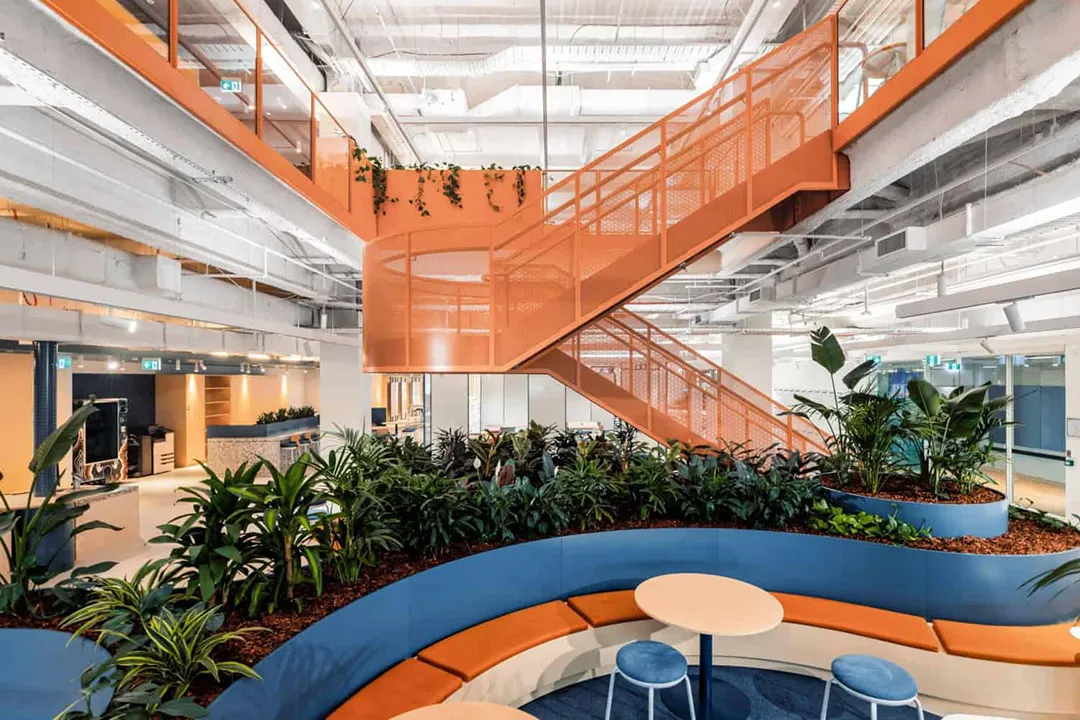
What works for interior landscapes in Arizona
Designing a successful interior landscape in the Southwest requires balancing plant health, maintenance logistics, and regional aesthetics. Here’s what works well in our desert environment:
1. Climate-controlled plant selections
Your building may be air-conditioned, but light levels, humidity, and airflow still matter. The best-performing indoor plants in Arizona tend to be drought-tolerant, adaptable to indirect light, and resistant to dry air.
- Sansevieria (Snake Plant)
- Zamioculcas zamiifolia (ZZ Plant)
- Dracaena varieties
- Ficus lyrata (Fiddle Leaf Fig) with indirect natural light
- Pothos and Philodendrons for trailing applications
Each of these adds texture and volume to an interior landscape without demanding the moisture levels typical of tropical species.
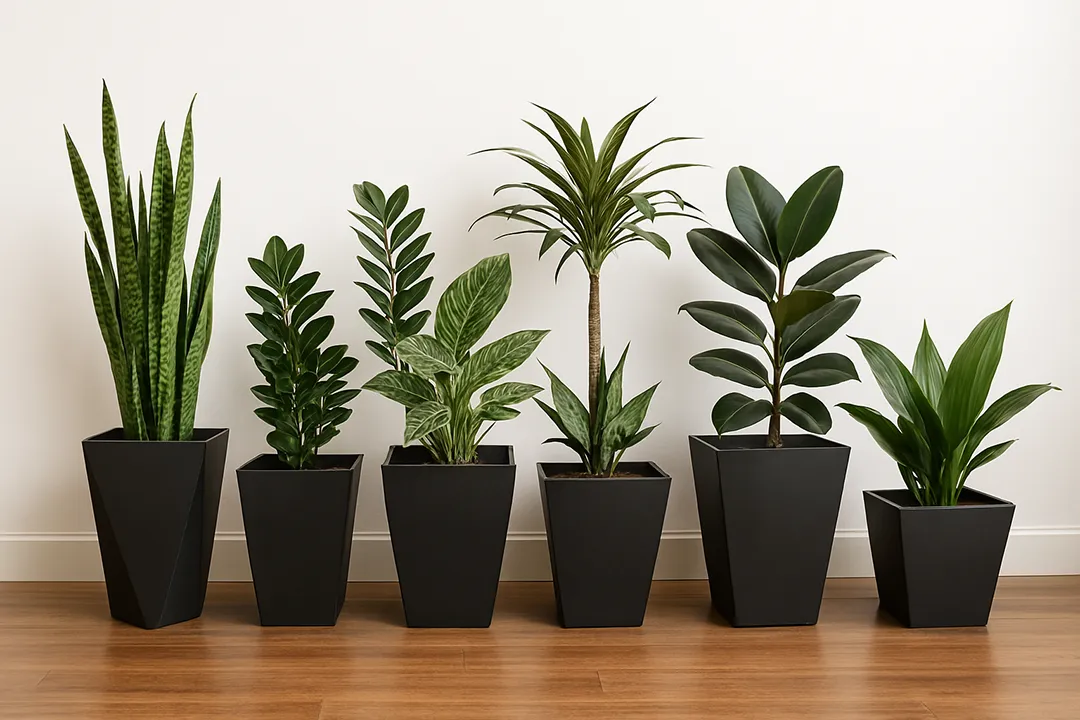
2. Preserved moss walls
Living walls look stunning, but in high-heat regions like Arizona, preserved moss installations such as Plant Solutions’ MossWallArt™ offer the same visual impact with virtually zero maintenance. They require no watering, no soil, and no special lighting—and they thrive in busy commercial environments. These are perfect for a big design impact in offices, medical spaces, and entryways where ongoing care must be minimal.
3. Container-based layouts
Interior landscapes built from modular planters or container groupings are especially effective in Arizona businesses. They offer flexibility, easy relocation, and localized microclimates. Our clients in Phoenix and Scottsdale frequently use large statement planters to define space in open-concept offices or guide foot traffic in retail and hospitality settings. Grouped containers also make it easier to switch out plants seasonally or as design needs evolve.
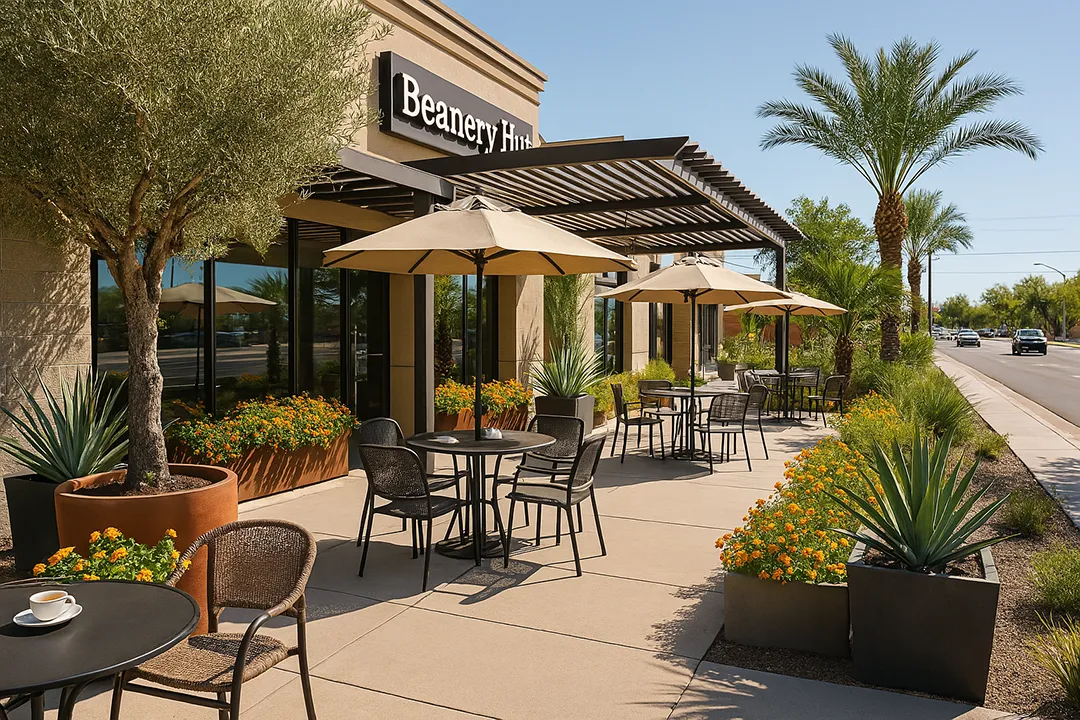
4. Patioscapes that extend the interior landscape
Arizona’s spring and fall seasons invite indoor-outdoor transitions. A thoughtfully designed patioscape acts as a natural extension of your interior landscape, especially in spaces like cafes, healthcare waiting areas, or modern office campuses. With drought-tolerant plants, shaded seating, and seamless visual connections, patioscapes blur the line between inside and out.
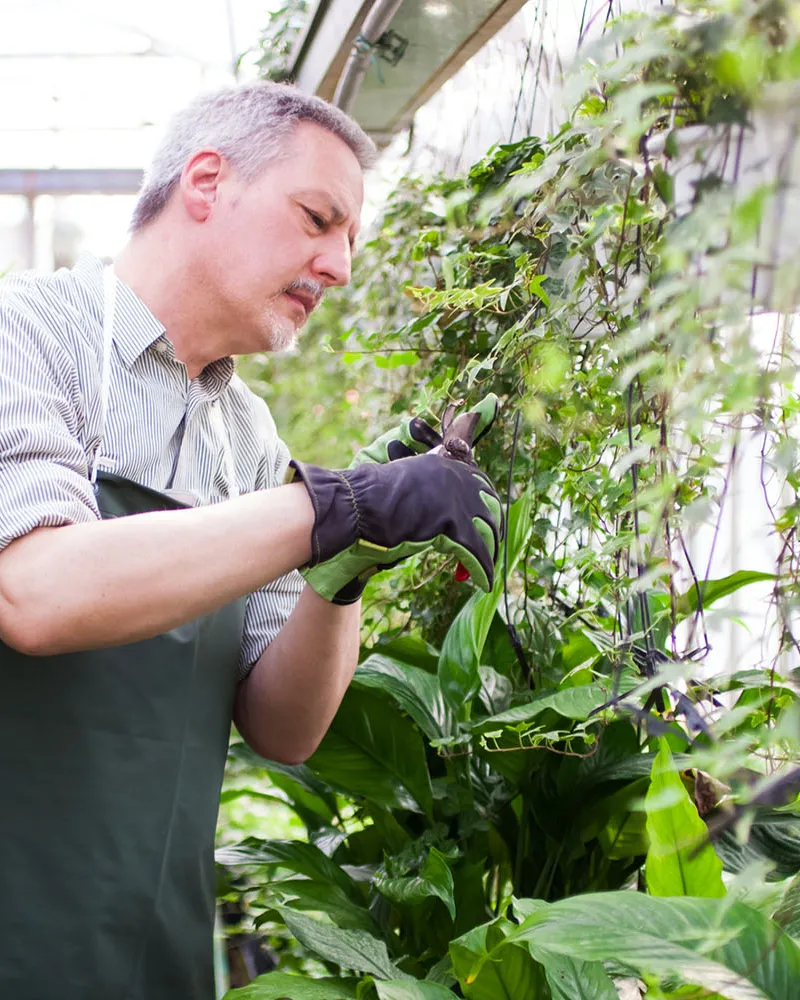
5. Professional plant maintenance
Even the most beautiful interior landscape can falter without expert care. That’s why many Arizona businesses rely on our plant maintenance services. Our trained horticultural technicians understand the specific needs of indoor greenery in dry, sun-saturated environments and can prevent the pitfalls of overwatering, underlighting, or pest issues. Outsourcing care ensures your interior landscape always looks healthy—and reflects your brand’s best side.
What doesn’t work (and what to avoid)
Even with the best intentions, not all design ideas flourish in Arizona interiors. Here are some common missteps to avoid when planning your interior landscape:
1. Tropical plants without proper support
We love a lush, jungle-inspired look—but without high humidity and consistent light, tropical plants often decline indoors. Ferns, calatheas, and peace lilies tend to struggle in Arizona interiors unless they’re in specially controlled environments like atriums or glass-walled lobbies.
Instead, opt for structured green backdrops made with hardy species, or explore preserved greenery for consistent visual appeal.
Generally speaking, the chosen species should be able to tolerate lower humidity, handle indirect or artificial light, thrive in air-conditioned spaces, and require minimal watering. Read more about the best indoor plants for offices. Our designers are eager to help you create a custom plant design featuring plant species that will thrive perfectly in your space.
2. Overly ambitious living walls
Living plant walls are stunning, but they do require significant investment in lighting, irrigation, and ventilation. If your building wasn’t designed with these systems in place, a large-scale living wall may end up being more of a challenge than a benefit. Many Arizona clients achieve the same effect using modular wall-mounted planters with easy-to-maintain plants—or by installing preserved interior landscapes (such as MossWallArt™ or artificial botanicals) that provide vertical impact without ongoing demands.
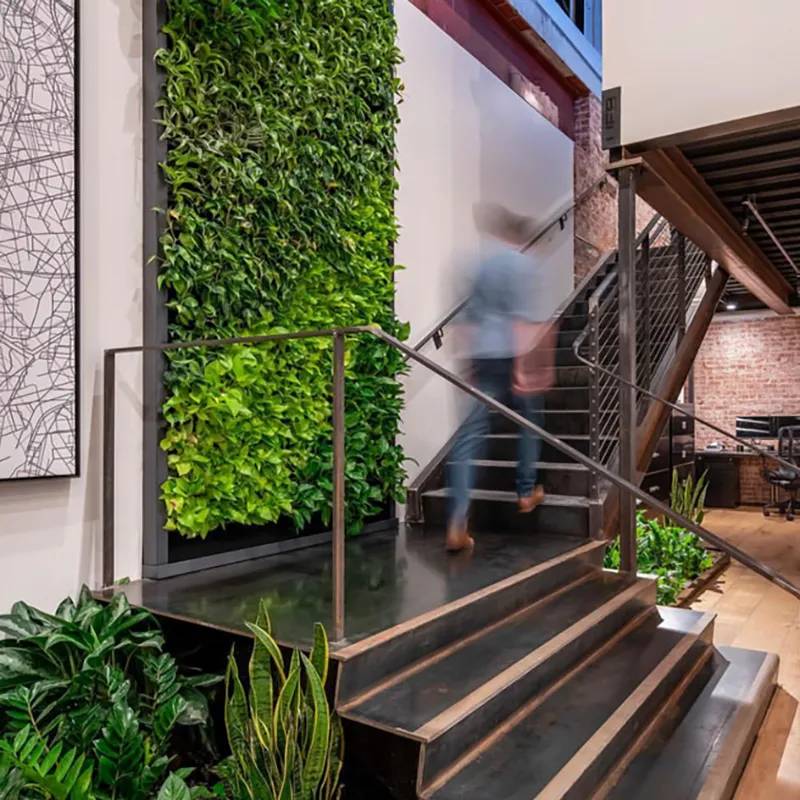
3. Neglecting light conditions
It’s easy to forget how directional Arizona sunlight can be. East and west-facing windows may seem bright but can scorch plants with intense rays. Conversely, interior corners often suffer from light deficits. A successful interior landscape accounts for these conditions upfront—either by selecting plants that tolerate the light levels available or by supplementing with discreet grow lights.
Interior landscape inspiration—let’s work together!
Whether you’re redesigning a commercial lobby or adding biophilic touches to a wellness center, your interior landscape should reflect both your space and your region. That might mean native desert plants showcased in custom containers, preserved moss walls in corporate boardrooms, or shaded patioscapes that invite your team to step outside.
At Plant Solutions, we specialize in helping Arizona businesses bring greenery indoors without sacrificing practicality or style. Our work across Phoenix and beyond proves that, with the right approach, your interior landscape will thrive year-round.
Let’s build your interior landscape together!
